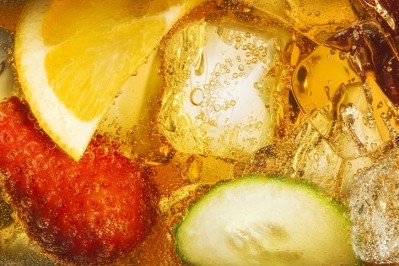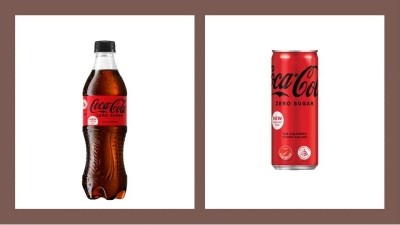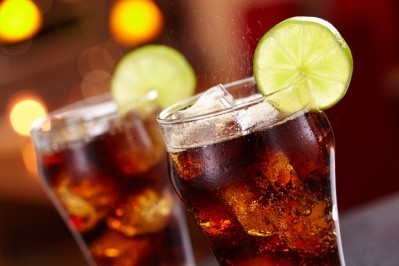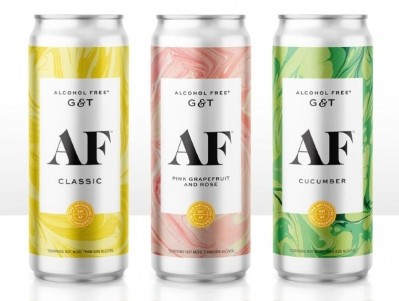Coca-Cola reveals early learnings from Topo Chico Hard Seltzer launch
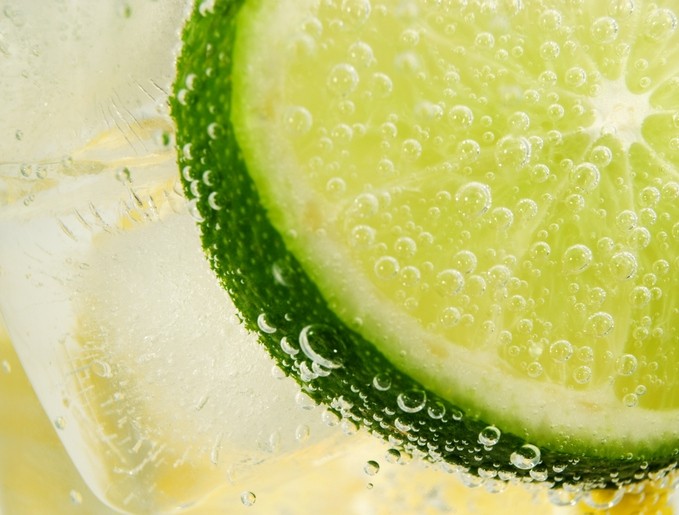
Topo Chico Hard Seltzer launched in Latin America in September; rolling out to select European markets in November; the US earlier this year (via a partnership with Molson Coors); and China last month.
The drink is now present in 17 markets: and is on track to be in a total of 28 markets by the end of the year.
While Coca-Cola has come into the hard seltzer category far later than US pioneer brands like White Claw and Truly, its global reach means it has been able to take its product and propel it across the globe and explore new markets at a speedy pace.
Different market dynamics
Having acquired Topo Chico in 2017 as a solely non-alcoholic, premium sparkling mineral brand sourced in Mexico, Coca-Cola packed hard seltzer innovation into six months during the pandemic last year before debuting the 4.7% ABV hard seltzer in Mexico and Brazil.
While the company has played with other localised alcohol launches (namely Japan’s sour lemon chu-hi drink Lemon-Do), Topo Chico is its first major bet in a global alcohol category.
The attraction of hard seltzer is obvious: a booming category still growing in the US and now spreading its influence abroad; an idea popular with trendy millennials; a simple product with clear ingredients; and an on-trend canned RTD alcohol which has suited at-home pandemic consumption.
But James Quincey, CEO, Coca-Cola, acknowledges the company is still getting to grips with the category, having launched Topo Chico Hard Seltzer just 10 months ago.
“We’re still very much in the learning phase," he noted in last week's Q2 earnings call with analysts. "It's not a category we are familiar with, particularly with the alcohol. It's got a number of important characteristics and regulatory characteristics and business characteristics that we need to learn about.”
Something the company has noted, however, is that – while a global bet – the dynamics of local markets are still important.
“What we've discovered is obviously it makes a difference if the category exists or doesn't exist in any particular country. We're learning what it takes to compete where the category exists. We're learning what it takes to help grow the category where it doesn't exist.
“So, we're pleased, for example, in Latin America, where for example, in Mexico, we're the number-two hard seltzer and getting some good traction, and good velocity in Brazil where it's more of an undeveloped category.
“There's more kind of development needed as we're trying to work out how that happens. Similarly in Europe, it's the number-one or two performer in terms of rates and velocity in Europe. And so, I think it's very interesting what's happening there.”
In hard seltzer’s home US market – one now full of competition – Quincey says the brand has ‘good traction’. In the country it is being manufactured, marketed and distributed by Molson Coors, a company which has the know-how required alcohol beverage systems.
“While it's still, of course, relatively small overall nationally, Topo Chico hard seltzer has done particularly well where we have focused or where Molson is focused to launch, which is in Texas, and it's done very well in Texas, looking good in kind of the southern states, California, in Florida, too,” said Quincey.
“Retail customers, we understand they're very bullish, lots of display activity and activity, so we're looking to see that continue to expand.”
While Coca-Cola is a newcomer still learning about the category, a lot of the future challenges – and opportunities – are ones that will be faced by any brand. The trick in the US will be understanding the market as it matures, and predicting how consumption habits will change post-pandemic.
“Of course, we're conscious that the overall hard seltzer category has come down in terms of its overall growth rates in the US," said Quincey. "That's not ultimately that big of a surprise to us, because it is a category that has been predominantly an at-home channel category, much less bars and restaurants category.
“And so, as people have gone back out, clearly, some of those occasions have moved from at-home to away-from-home. So, it's not too surprising that some of the strong tailwinds the category got in the lockdowns have lessened. But we still think it's very interesting. It's got some long-term potential in the US. It's very on-trend for a lot of consumers. And so, we're continuing to look at that and push on that and invest to see where we can go.”
More alcohol launches?
Ultimately, Quincey says its too early to tell what Topo Chico Hard Seltzer's early performance means for the long term; nor what it means for the company’s direction with regards to alcohol.
“We have not got to a stage of concluding anything more strategic or coming to the point of view that there is a bigger vision for us out there in the flavored alcoholic beverage space,” noted Quincey.
“We want to learn and understand more before we decide anything one direction or the other.”
